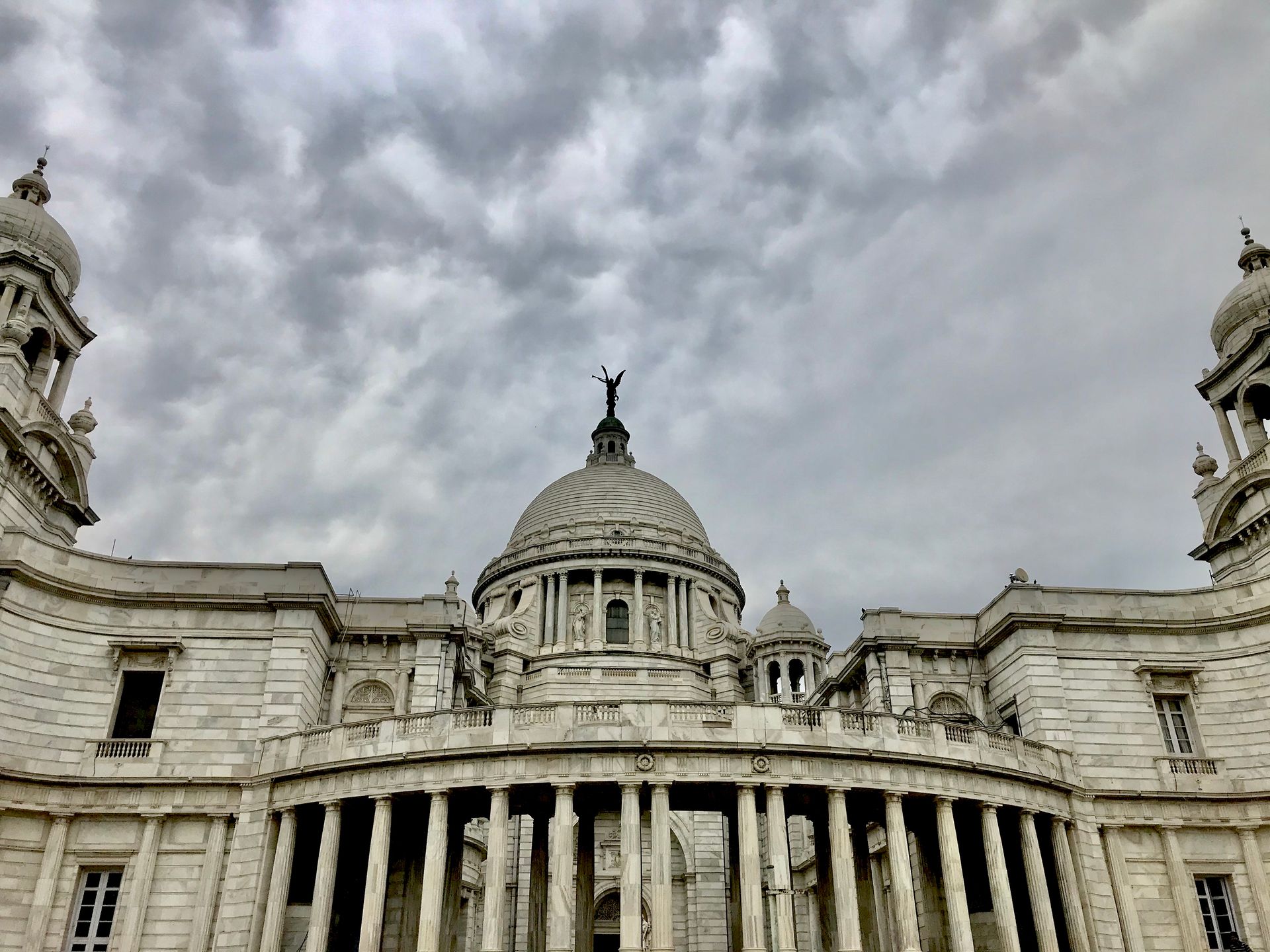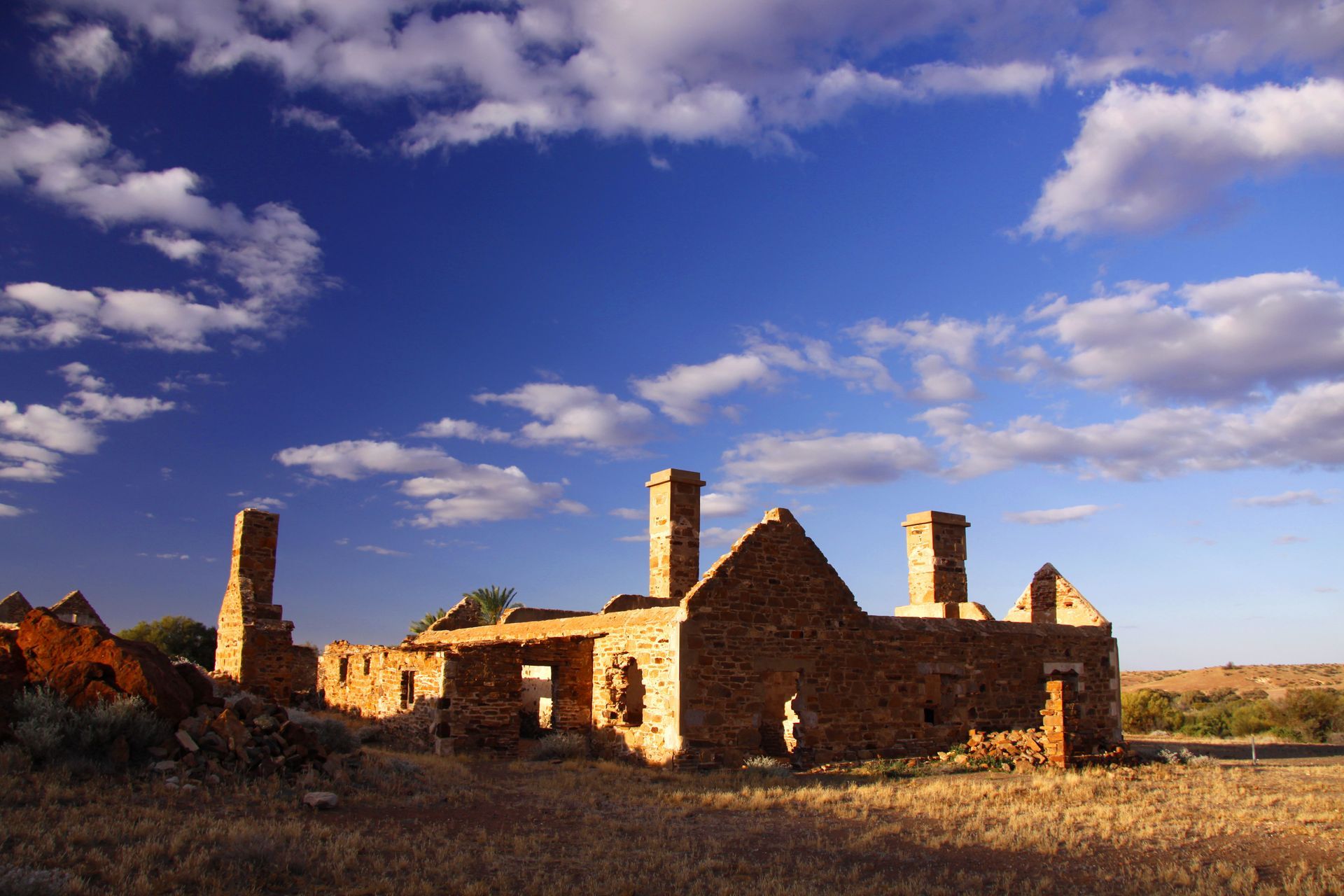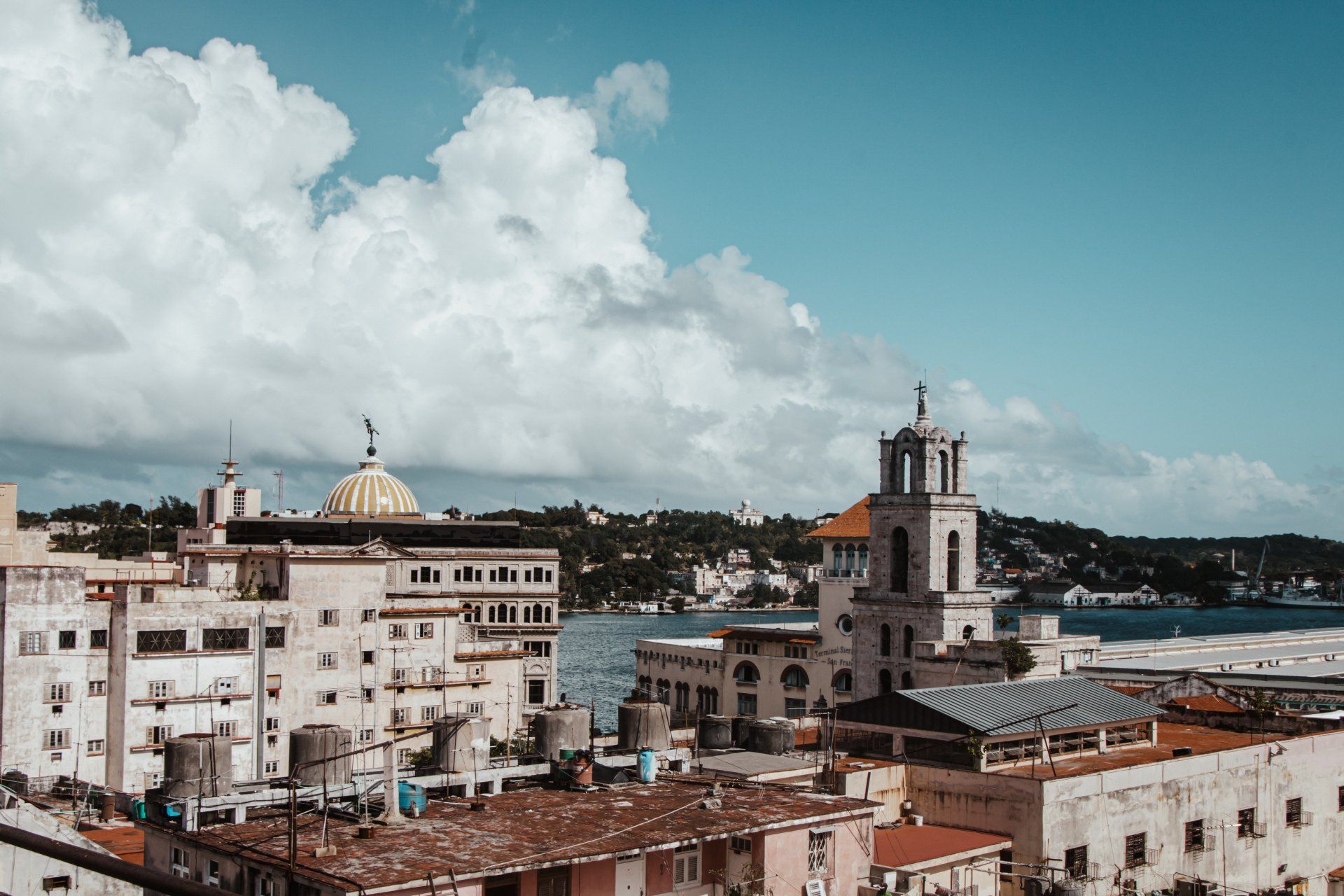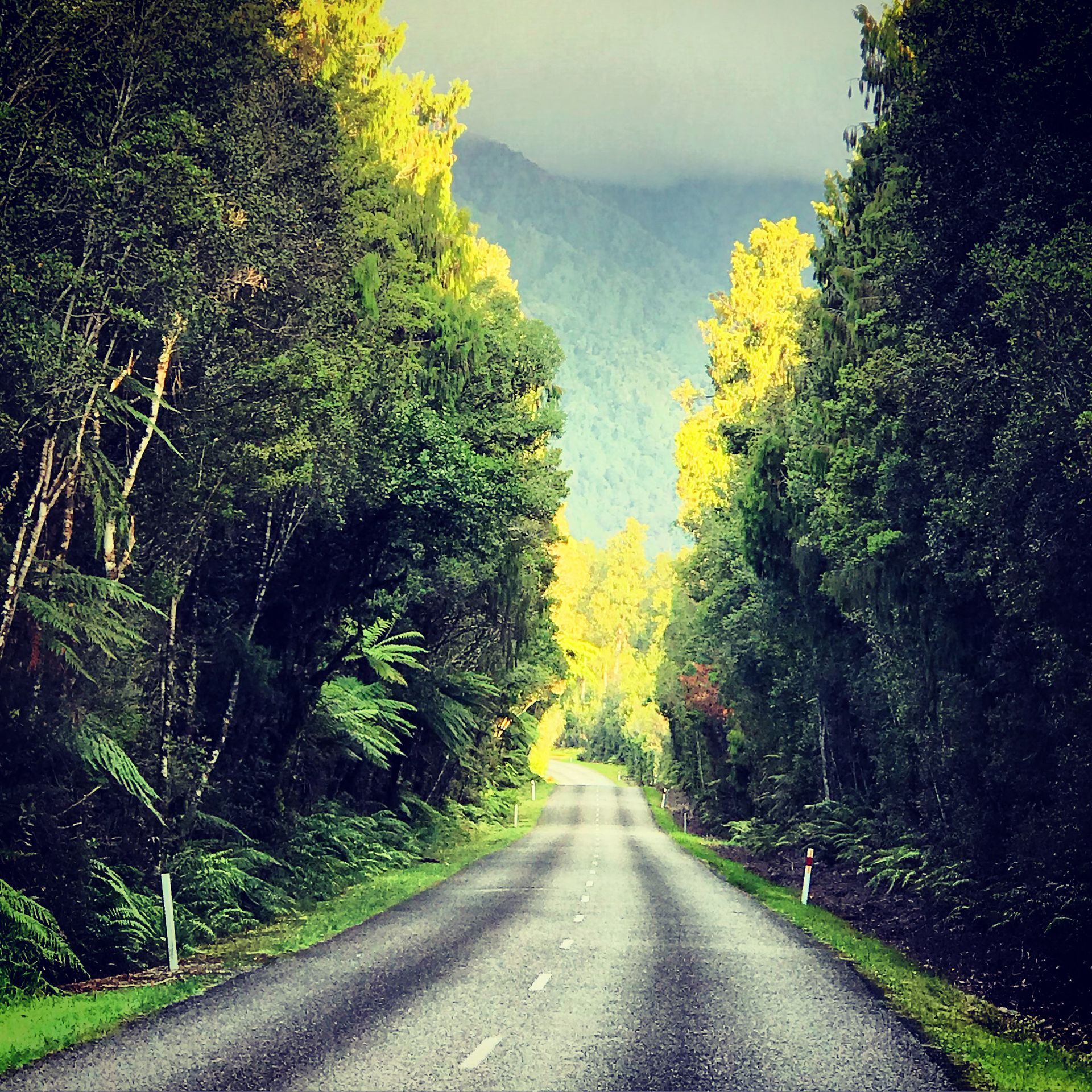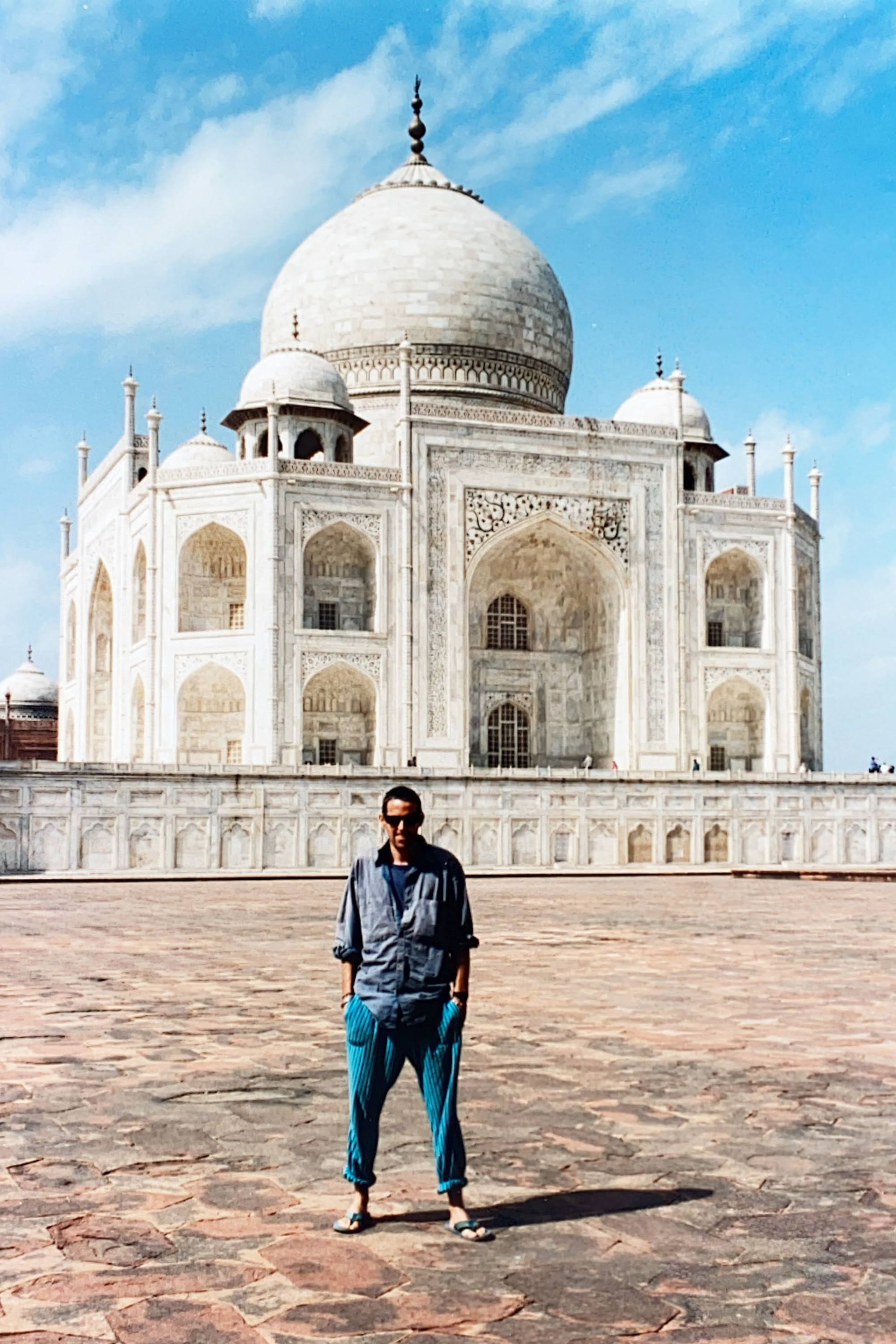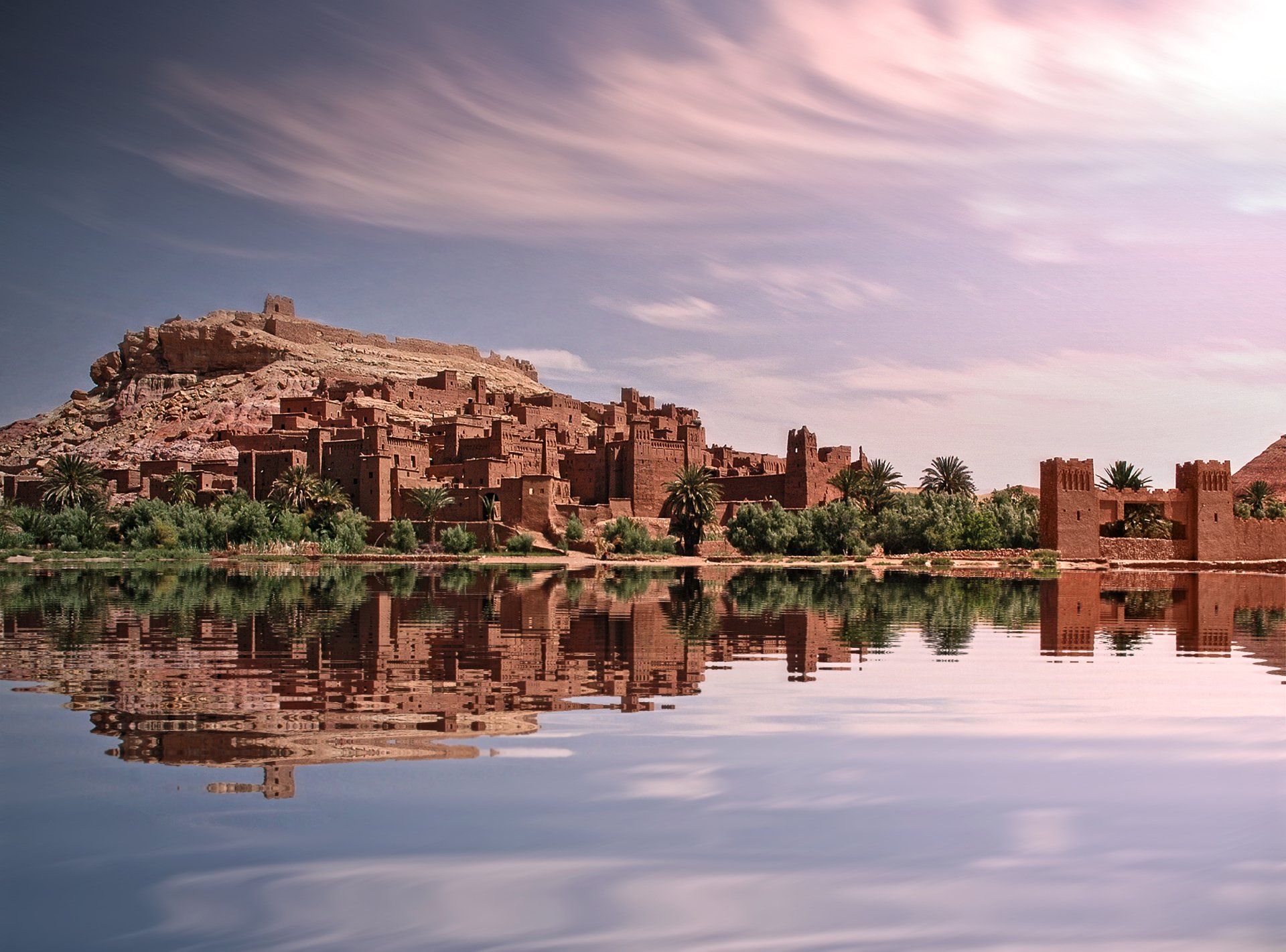But all was not well in the empire.
The Moghuls came from Central Asia. Descended from Genghis Khan and Tamburlaine, they swept down from the steppes in the sixteenth century, conquering all who stood in their way. Adept horsemen, ruthless warriors, they lived in the saddle and took no prisoners. And they founded the greatest empire the world has ever seen.
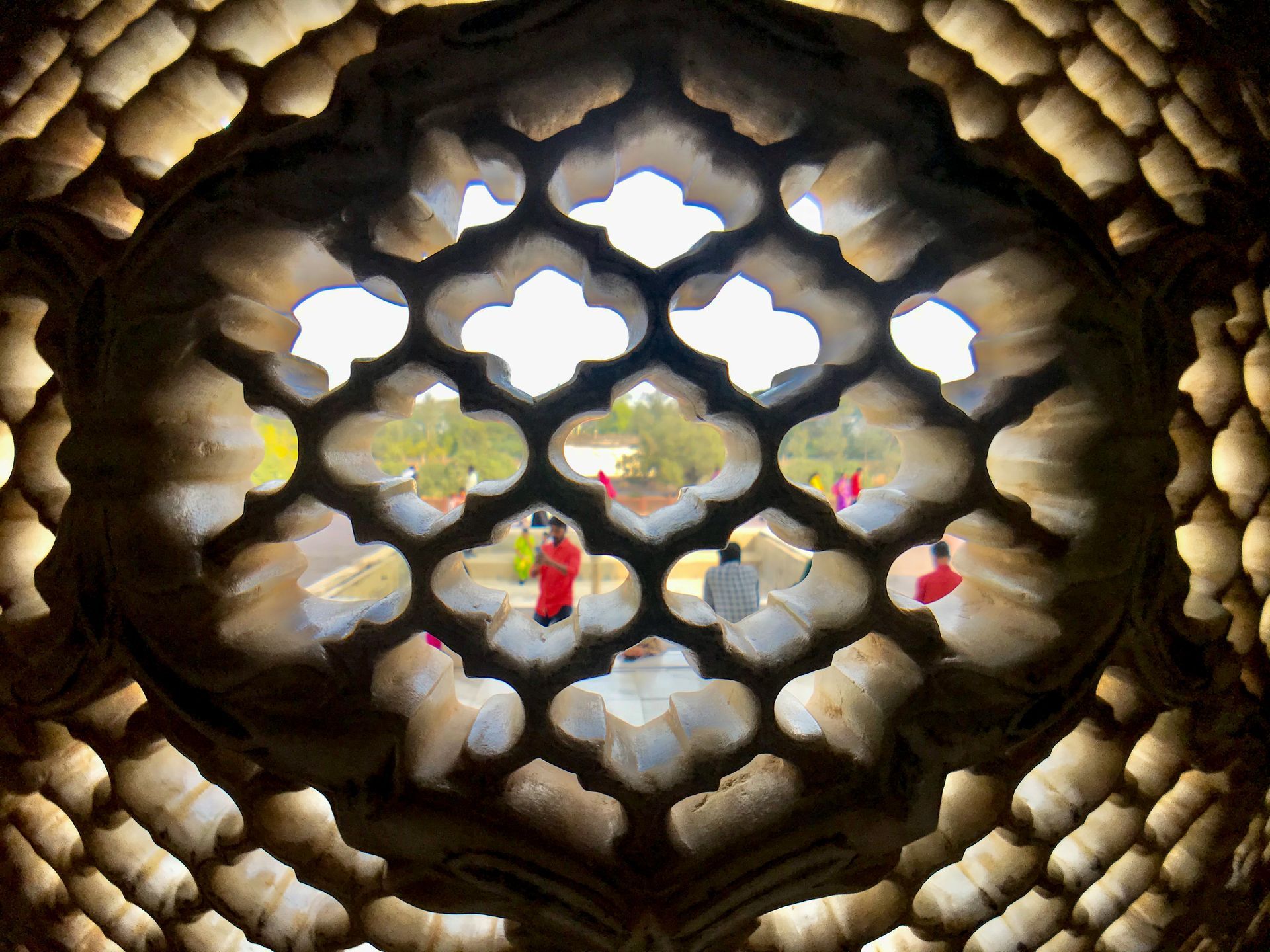
Zahīr ud-Din Mohammad was from Uzbekistan. He was a direct descendant of Timur (Tamburlaine) and was destined to become the first Moghul Emperor. His forces defeated the Sultan of Delhi at the Battle of Panipat on April 21st, 1556. It was the first time that gunpowder and field artillery (Chinese inventions adopted and perfected by the Moghuls) had been used on the subcontinent. Against such technology, the forces of the Sultan were helpless. After the battle, the victorious Zahīr ud-Din Mohammad took the name Babur, meaning “tiger”, and established himself as Emperor of his new dominion. He married several times and one of his sons, Humayan, would become the next Emperor upon Babur’s death in 1530. But all was not well in the empire.
Humayun was only 22 when he succeeded his father. Inexperienced and unsure of himself, Humayun was deposed by Sher Shah Suri and forced into exile in Persia. The story of Humayun’s escape across the Thar Desert, with his pregnant wife and a small group of faithful servants is one of the great adventure stories of medieval history. Humayun remained in exile for fifteen years but was eventually able to raise an army and defeat Islam Shah (the son of Sher Shar Suri who had died in 1545) at the battle of Sirhind on June 22nd, 1555.
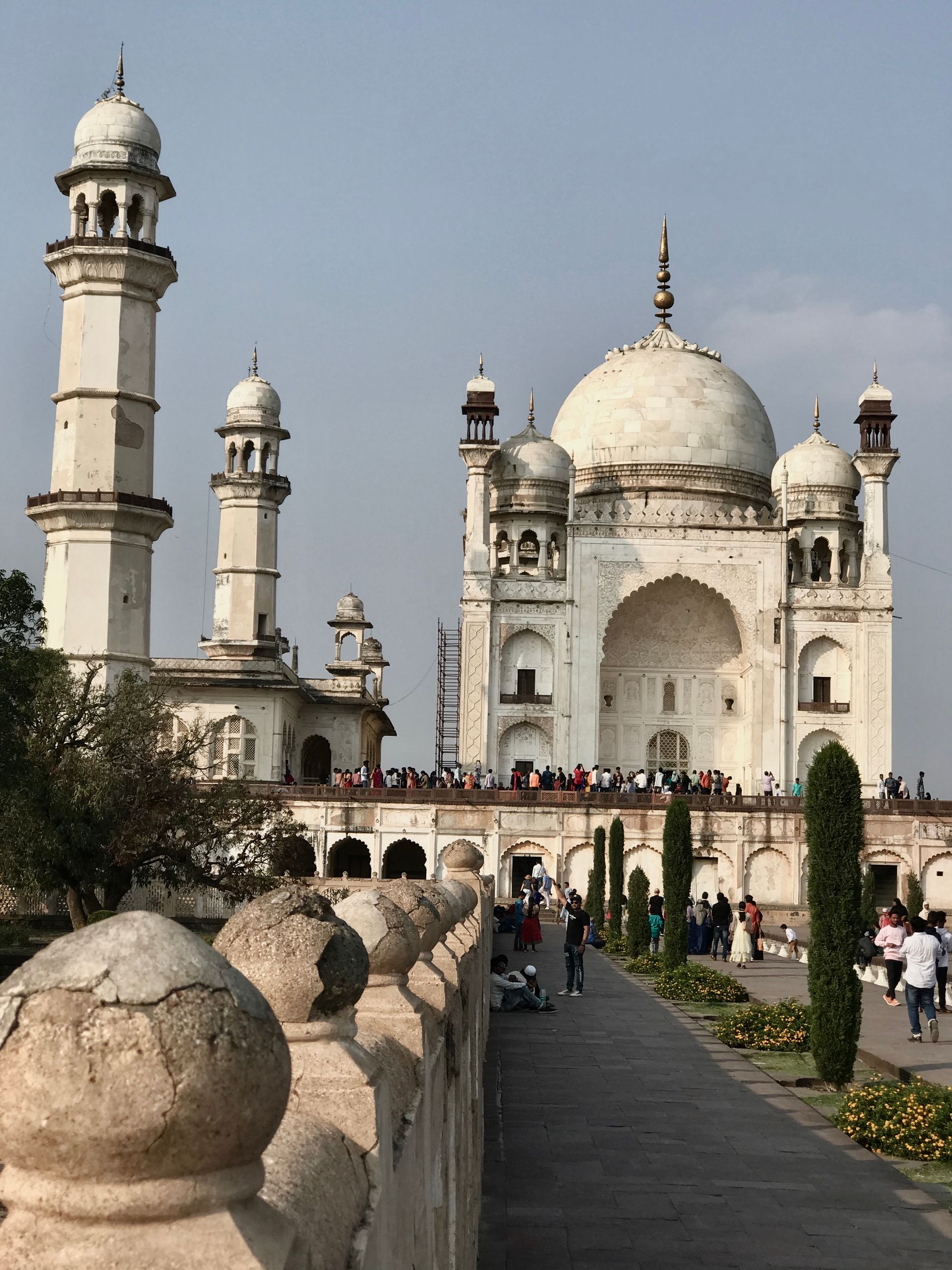
With the Mughal Empire restored, Humayun set about changing its character from its still largely Central Asian focus to one based on the customs and ideas of the Persians. Upon his death in 1556, Humayun was succeeded by his son Abu’l-Fath Jalal-ud-din Mohammad Akbar who consolidated the empire and established a centralised administration, unifying the many different tribes and cultures within the empire into an all-encompassing Indo-Persian culture.
Akbar was fond of literature and created a library of over 24,000 volumes in Sanskrit, Urdu, persian, Greek, Latin, Arabic and Kashmiri. He did much of the cataloguing himself. He established schools for both boys and girls throughout his empire and consulted with holy men, poets, architects and architects from all over the world. Disillusioned with orthodox Islam, Akbar created a syncretic religion derived from aspects of Islam, Hinduism, Christianity and Zoroastrianism. In 1572 he annexed the state of Gujarat which had, until then, been controlled by the Portuguese, thus securing the empire’s access to the Indian Ocean.
Akbar’s son, Jahangir succeeded him as emperor in 1605. Jahangir (whose birth name was Salim) ascended the Peacock Throne eight days after his father’s death. As was customary in the Moghul court, where fratricide and even patricide was common, Jahangir had to defend his right to rule from attacks by his own son, Khusrau Mirza, who had been favored by Akbar as his successor. After being defeated by Jahangir’s forces at Lahore, Khusrau Mirza’s followers were publically impaled in front of him. Khusrau himself was then blinded and in 1622 was killed by his younger brother, Prince Khurram who would later become Shah Jehan.
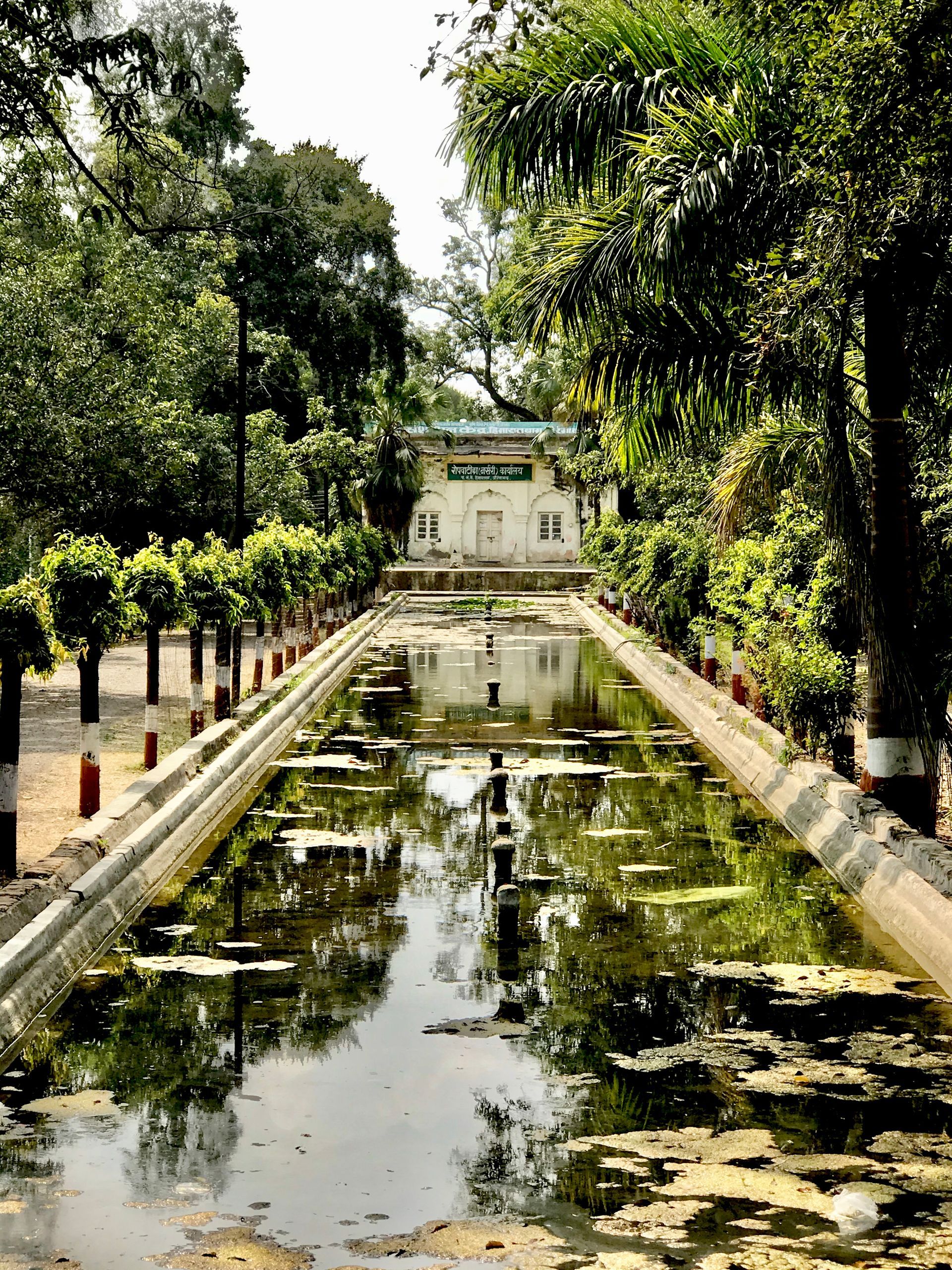
Historians believe that Jahangir followed no orthodox religion. He had the Sikh Guru Arjan Dev killed and his lands confiscated as punishment for supporting Khusrau Mirza in his bid for the Peacock Throne. The first English ambassador to the Mughal court, Sir Thomas Roe, described Jahangir as an atheist and wrote that the Emperor was “the most impossible man in the world to be converted, or the most easy; for he loves to hear, and hath so little religion yet, that he can well abide to have any derided.”
In 1613 the Portuguese took the Mughal treasure ship Rahimi which was laden with one hundred thousand Rupees and with pilgrims bound for Mecca. In retaliation (the ship and its contents were owned by Jahangir’s mother) Jahangir seized the Portuguese town of Damon and ordered the apprehension of all Portuguese citizens within the empire. This was the beginning of several centuries of wrangling by European powers over control of the subcontinent and its resources.
Jahangir was fascinated by art and architecture. His court adopted many European influences and paintings created during his reign were carefully dated and curated which has enabled later scholars to find context to each work. Despite this, he is considered by historians to have been a weak and ineffectual ruler. Some attribute his dissolute character to be the result of his addiction to wine and to opium. He died in 1627 from complications resulting from a severe cold. He was succeeded by his son, Khurram, who took the empire to new heights.
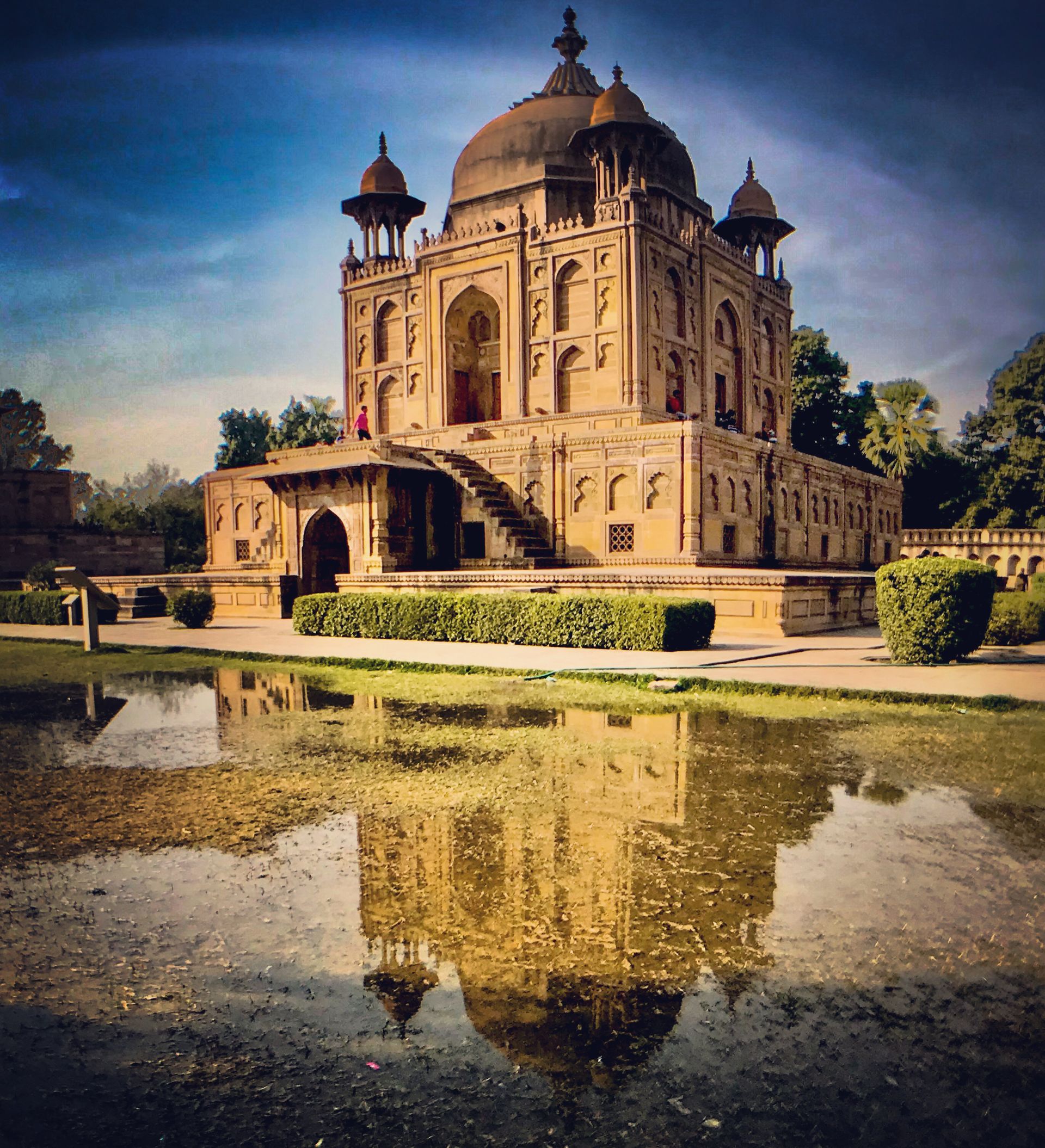
The reign of Shahab-ud-din-Mohammad Kurrham, known to the world as Shah Jahan (King of the World), represents the height of Moghul architectural achievement, most notably in the Taj Mahal. Under Jahan, the empire’s military might was also expanded. The Marwari cavalry horse was introduced to his armies and various new types of cannon were mass-produced.
But although he was a successful military commander, it is the architecture of the period that is Jehan’s enduring legacy. The Taj Mahal, built as a tomb and monument to the Shah’s beloved wife Mumtaz Mahal, the Delhi Mosque and the exquisite Red Fort are his crowning achievements.
Jehan became ill in 1658 and his son, Dara Silīoh assumed the role of regent. This incurred the wrath of his siblings, especially Aurangzeb, who raised an army (he was already Commander-in-Chief of the empire’s military) and defeated Dara after a series of battles. Aurangzeb declared his father, who had recovered from his illness, unfit to reign and had him confined to the Agra Fort. Cared for by his daughter Jahanara, the old man lived out his days looking wistfully down the river to the Taj Mahal where Mumtaz Mahal, the love of his life, lay entombed. He died in January 1666 and was buried beside her.
Aurangzeb, the last of the so-called great Moghuls, is widely regarded as the empire’s most effective ruler. During his reign the empire reached its greatest extent, comprising four million square kilometres, a population of 158 million people and an annual revenue ten times that of Europe’s richest ruler, Louis XIV. The empire’s economy expanded and by 1700 accounted for 25% of the world’s GDP.
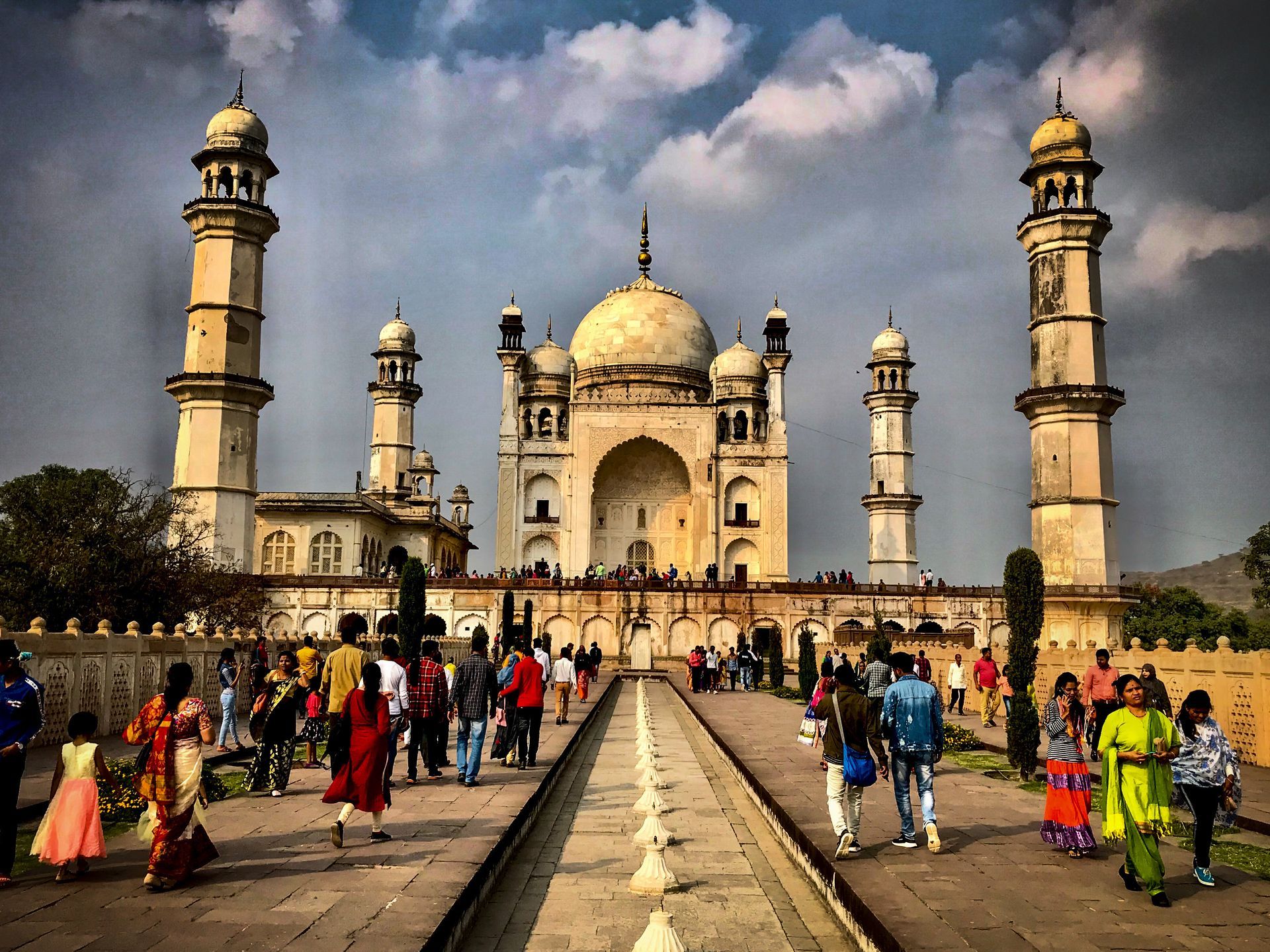
Aurangzeb, whose birth name was Muhi-ud-Din Muhammad and whose regal name translated as “Ornament of the Throne”, was noted for his piety. He memorized the Quran and observed the rituals and strictures of Islam. He neither pursued a luxurious lifestyle nor spent extravagantly, seeing himself more as a trustee of the Royal Treasury. His personal expenses and the costs associated with the construction of his mosques and other buildings was covered by his own earnings. These included sewing caps and the sale of his hand-written copies of the Quran.
Aurangzeb’s reign is sometimes regarded by historians as being a period of religious intolerance. Others argue that he employed significantly more Hindus in his Imperial bureaucracy than any previous of subsequent emperors and that he opposed bigotry towards Hindus and Sikhs. However, there is no doubt that by imposing Muslim rule over much of the subcontinent, Aurangzeb set in motion the conditions for the sectarian strife that still exists between Hindus and Muslims today.
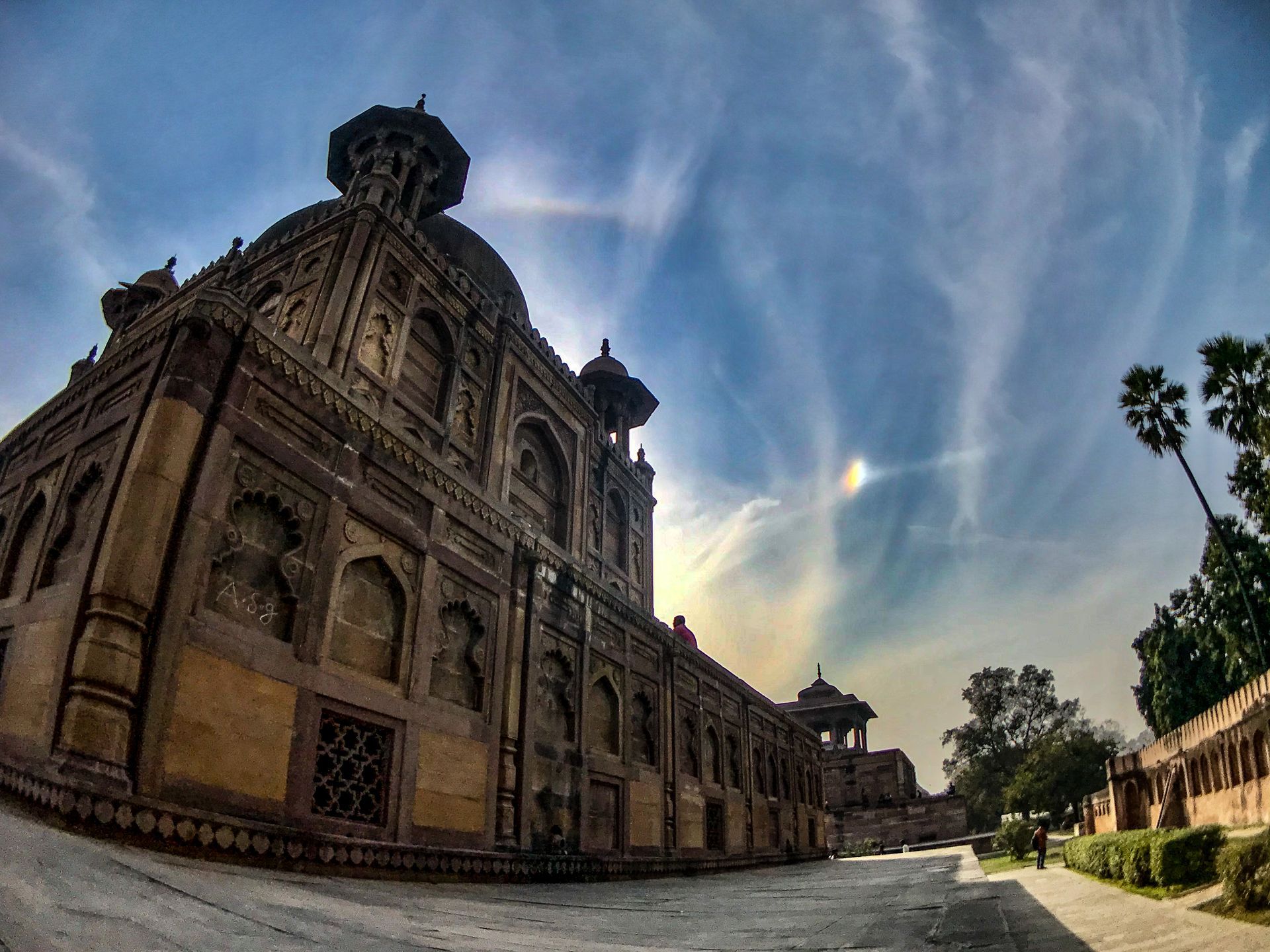
Aurangzeb died at the age of 89 in February 1707. He had outlived most of his children. In his pockets he had the paltry sum of 300 Rupees which was given to charity according to his wishes. The last Great Moghul Emperors is buried in a modest open-air tomb at Khuldabad, near the city of Aurangabad. Aurangzeb decreed that his last resting-place should be open to the sky in keeping with the simple life he had led. His only great building, the Bibi Ka Maqbara, resting place of his beloved wife Dilras Banu Begum, is only a few kilometres away.
The emperors that succeeded Aurangzeb were increasingly weak and ineffectual. The Mughal Empire began to shrink and collapse as wars of succession, mismanagement and the inevitable ennui to which all empires eventually succumb, took their toll. Rival empires began to assert their control over the Mughals. The most important of these came from a small, green island far off in the west. It was called The British Empire.
